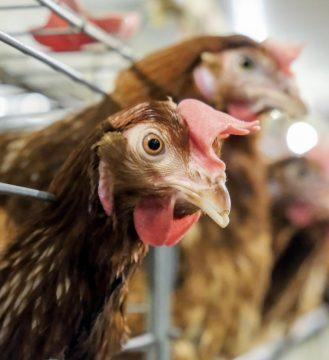Matt Johnson in Quillette:
 Upton Sinclair published The Jungle in 1906 to expose the horrific conditions in American factories at the turn of the century. While he intended to highlight the misery and abuse of the workers, his graphic descriptions of disgusting and unsanitary conditions at slaughterhouses were what most outraged the public. President Theodore Roosevelt was among the indignant readers, and he used the outcry over The Jungle to push for passage of the 1906 Food and Drugs Act and the Federal Meat Inspection Act. “I aimed for the public’s heart,” Sinclair later wrote, “and by accident hit it in the stomach.” Jonathan Safran Foer’s Eating Animals (published in 2009)—and the chapter “Influence/Speechlessness,” in particular, about the US poultry industry and the risks it poses to our health—ambitiously aims for the reader’s heart and stomach at the same time.
Upton Sinclair published The Jungle in 1906 to expose the horrific conditions in American factories at the turn of the century. While he intended to highlight the misery and abuse of the workers, his graphic descriptions of disgusting and unsanitary conditions at slaughterhouses were what most outraged the public. President Theodore Roosevelt was among the indignant readers, and he used the outcry over The Jungle to push for passage of the 1906 Food and Drugs Act and the Federal Meat Inspection Act. “I aimed for the public’s heart,” Sinclair later wrote, “and by accident hit it in the stomach.” Jonathan Safran Foer’s Eating Animals (published in 2009)—and the chapter “Influence/Speechlessness,” in particular, about the US poultry industry and the risks it poses to our health—ambitiously aims for the reader’s heart and stomach at the same time.
Foer gives us a glimpse into the hellish life of the more than nine billion factory farmed chickens “produced”—all 56.8 billion pounds of them, as the National Chicken Council (NCC) proudly announces—by the industry every year. “It’s hard to get one’s head around the magnitude of 33,000 birds in one room,” Foer writes, something he witnessed firsthand when he broke into a poultry farm with an unnamed animal rights activist.
More here.
